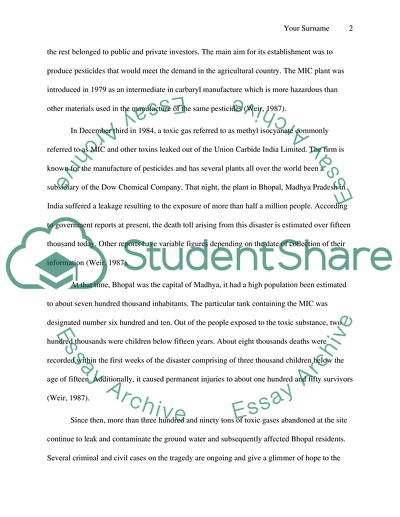Cite this document
(Double Standards in the Bhopal Disaster Dissertation, n.d.)
Double Standards in the Bhopal Disaster Dissertation. Retrieved from https://studentshare.org/health-sciences-medicine/1739148-bhopal-ethical-case
Double Standards in the Bhopal Disaster Dissertation. Retrieved from https://studentshare.org/health-sciences-medicine/1739148-bhopal-ethical-case
(Double Standards in the Bhopal Disaster Dissertation)
Double Standards in the Bhopal Disaster Dissertation. https://studentshare.org/health-sciences-medicine/1739148-bhopal-ethical-case.
Double Standards in the Bhopal Disaster Dissertation. https://studentshare.org/health-sciences-medicine/1739148-bhopal-ethical-case.
“Double Standards in the Bhopal Disaster Dissertation”, n.d. https://studentshare.org/health-sciences-medicine/1739148-bhopal-ethical-case.


